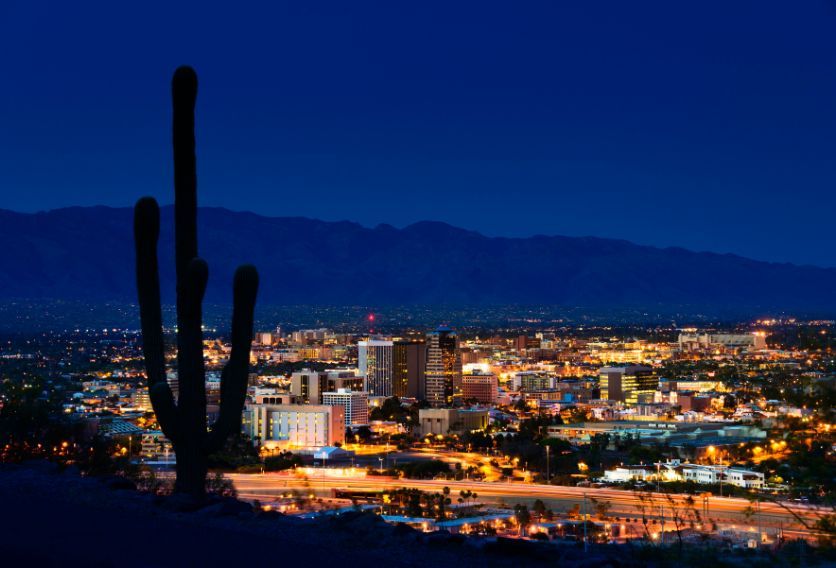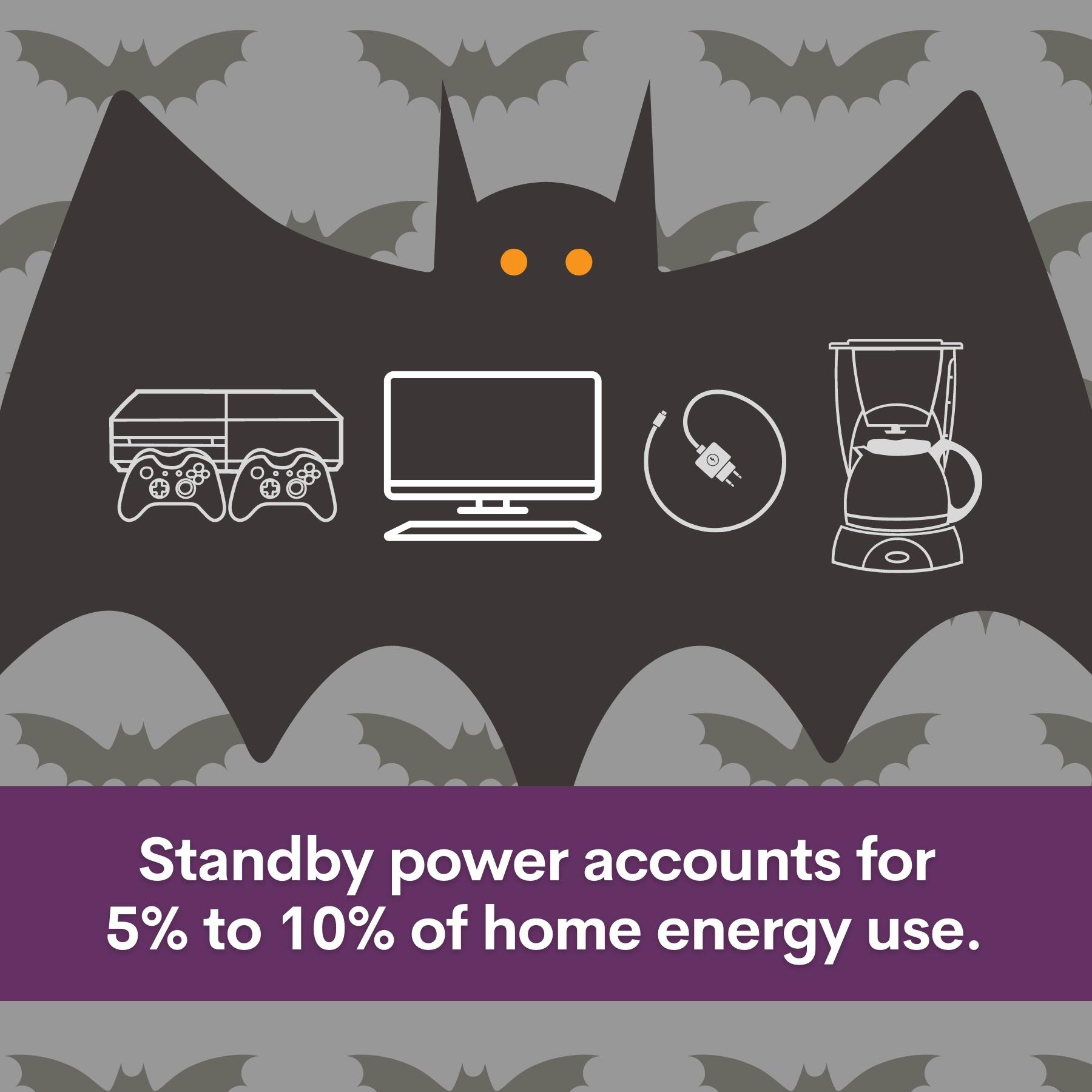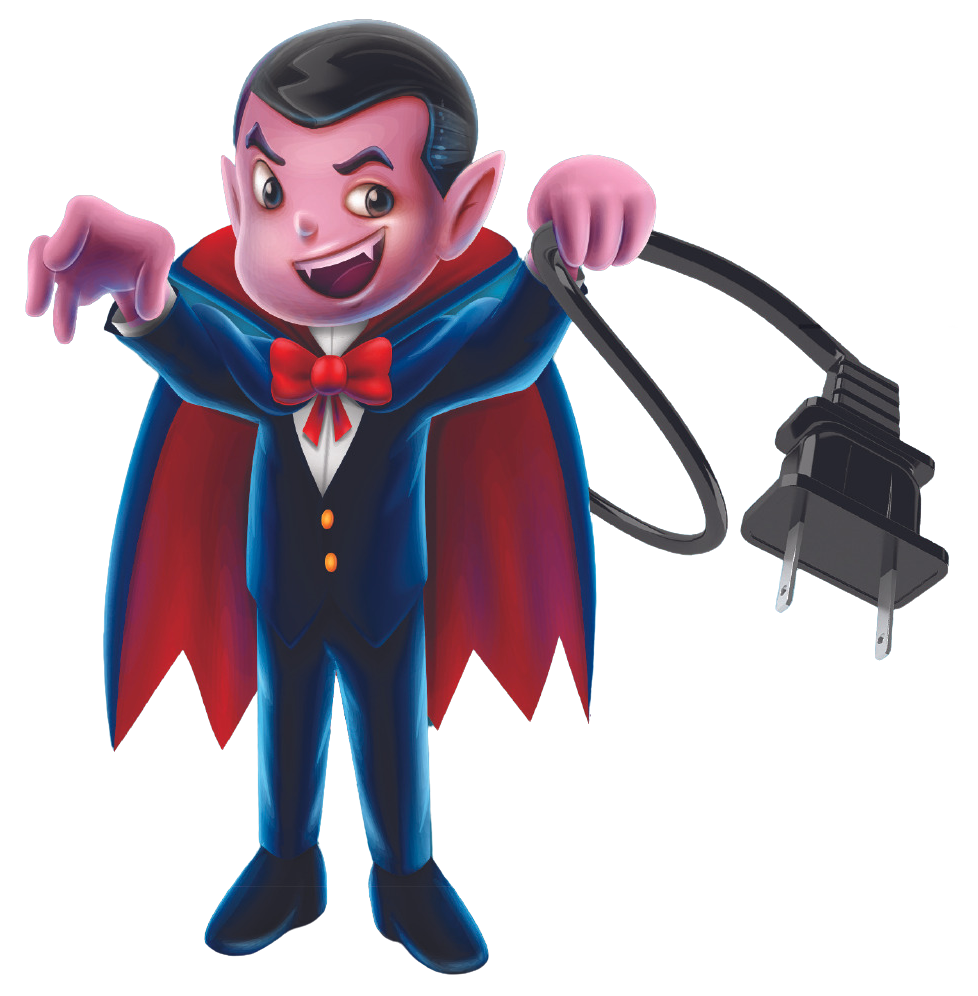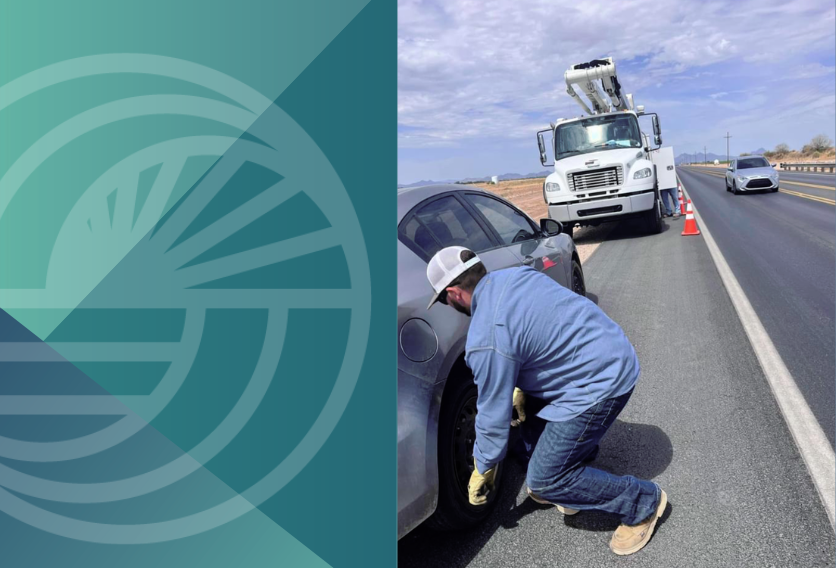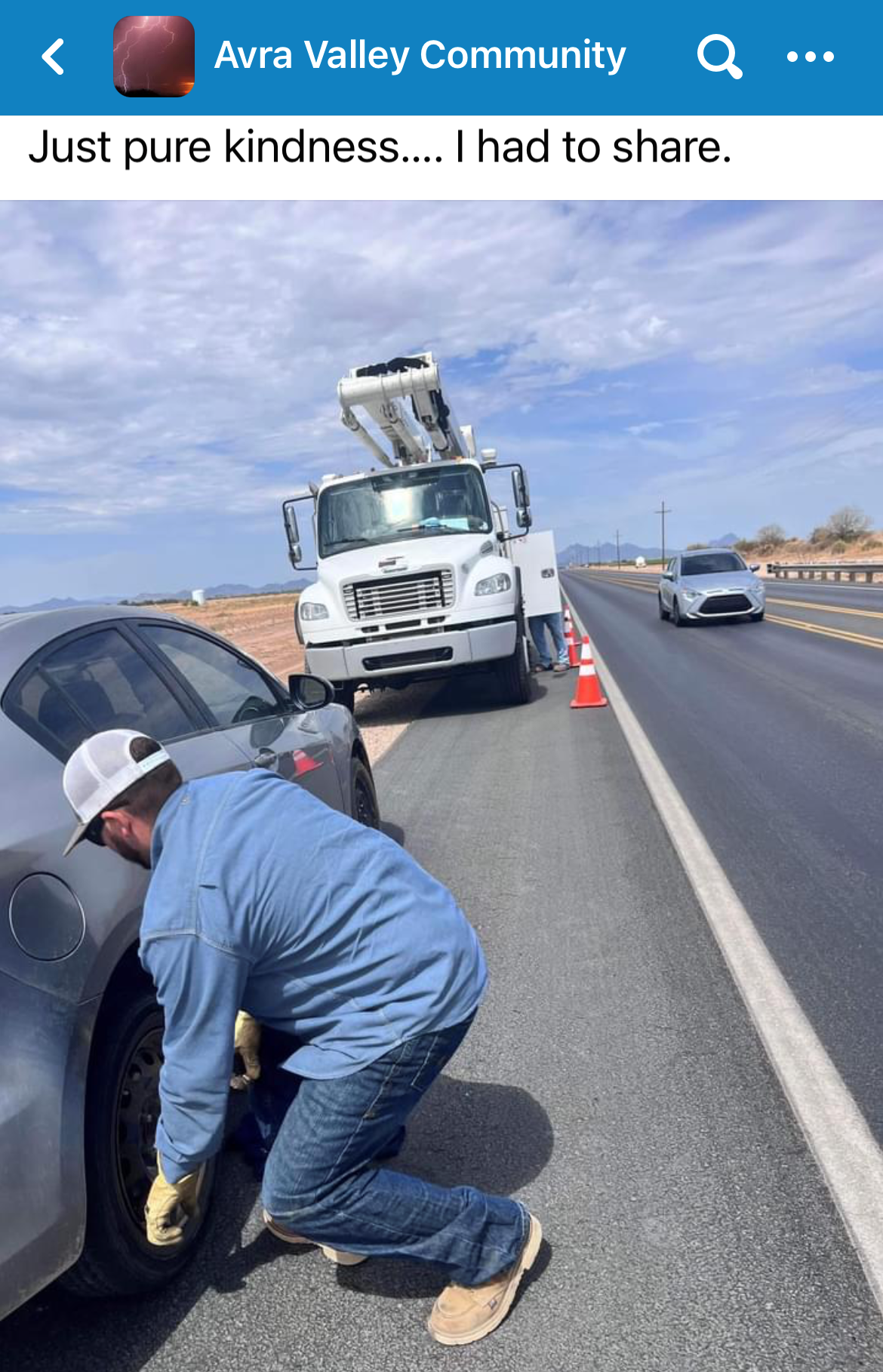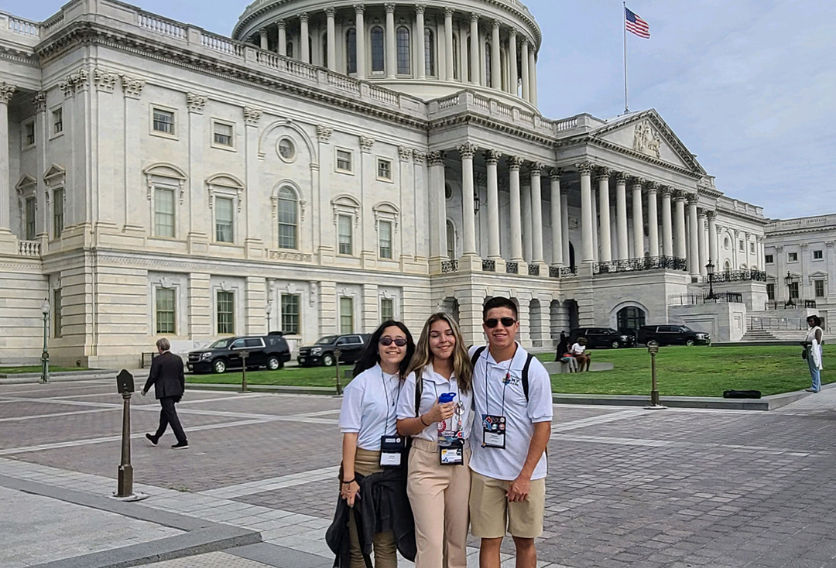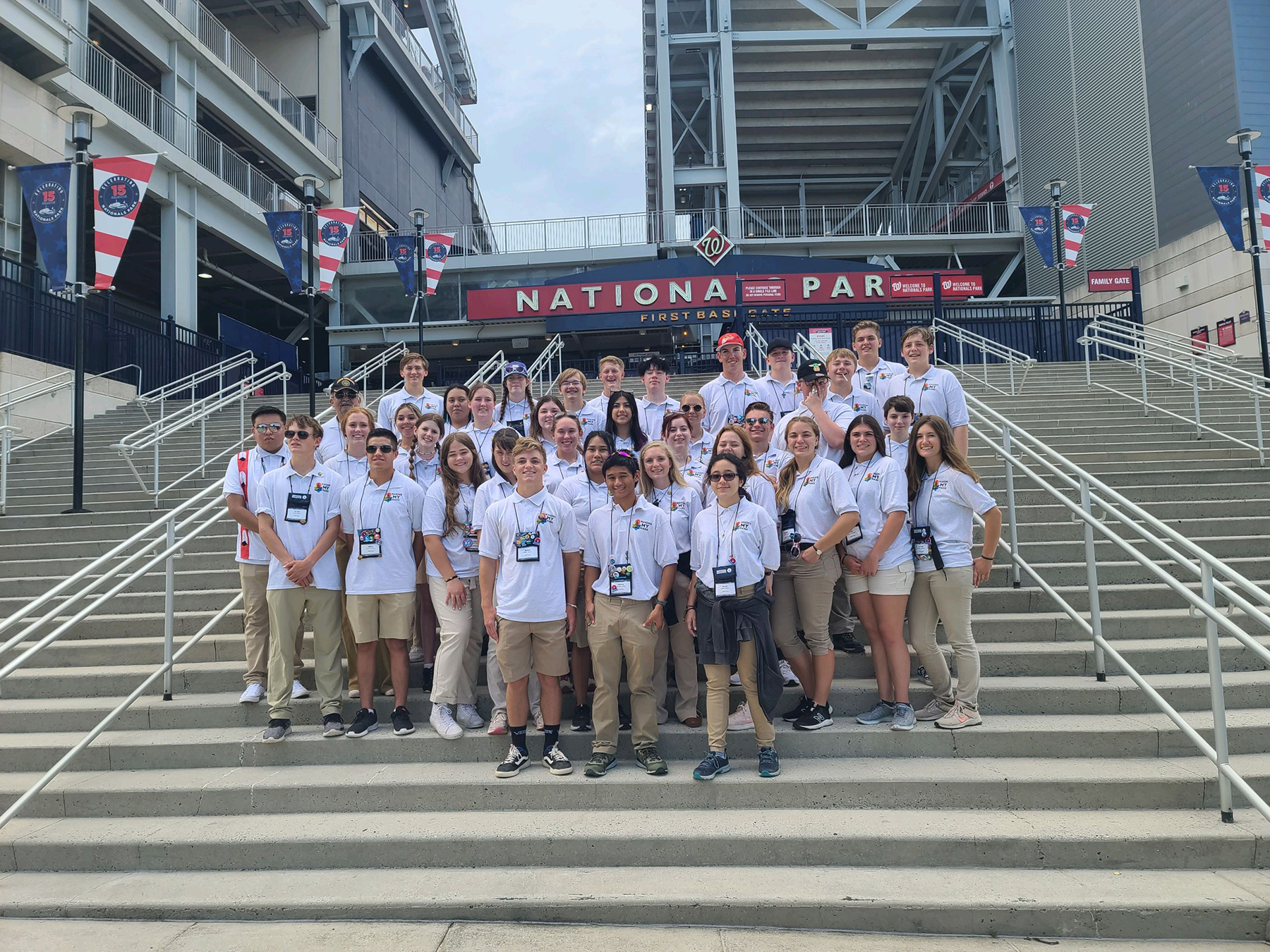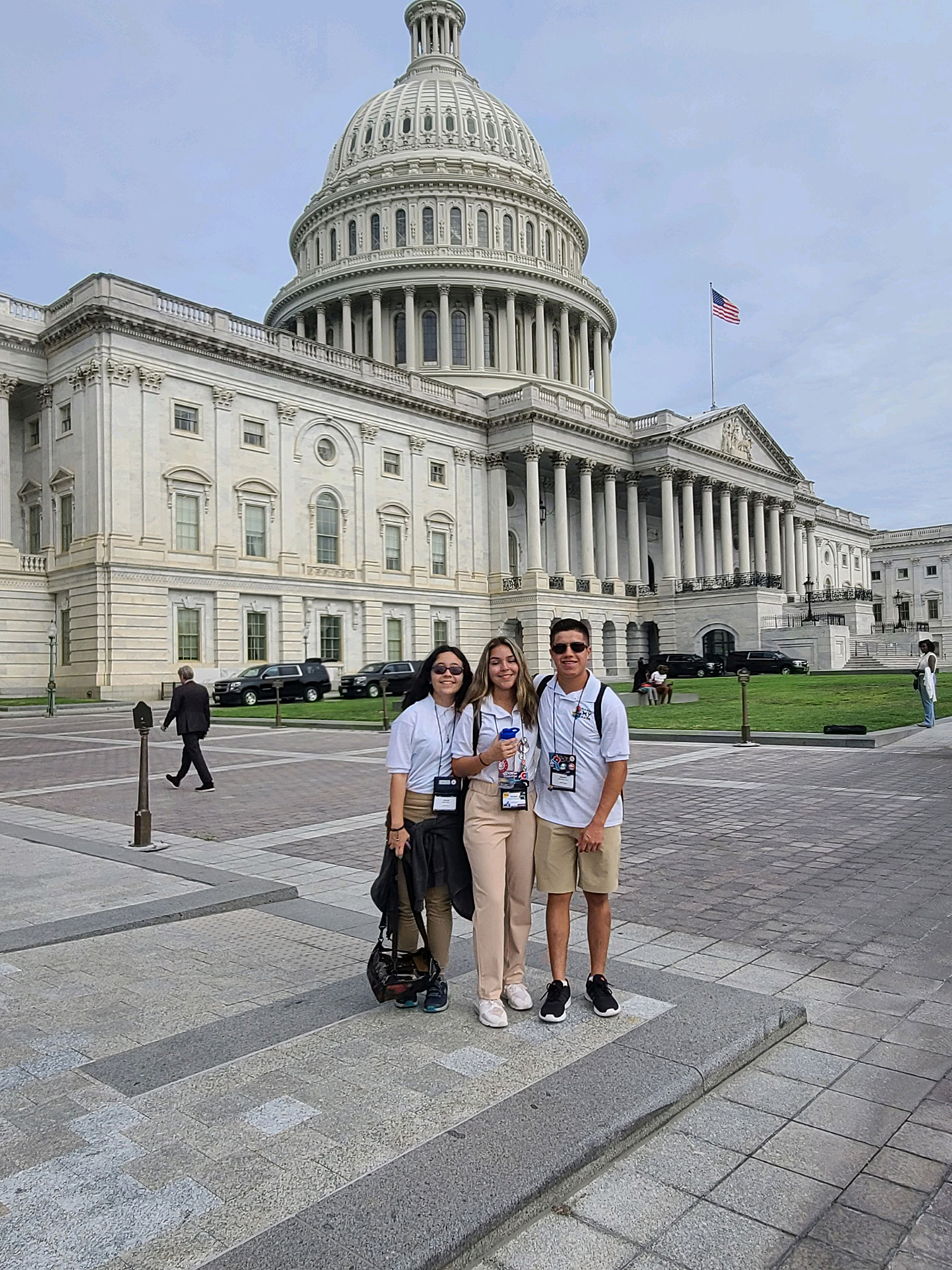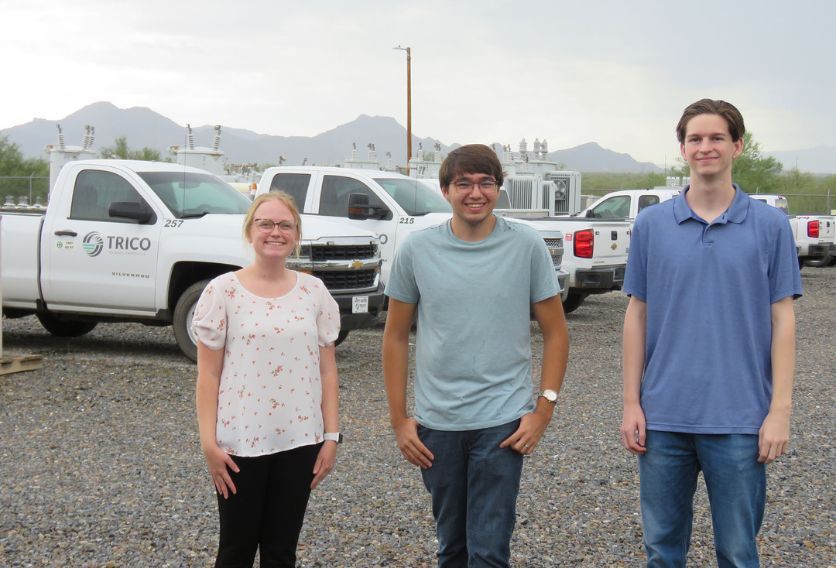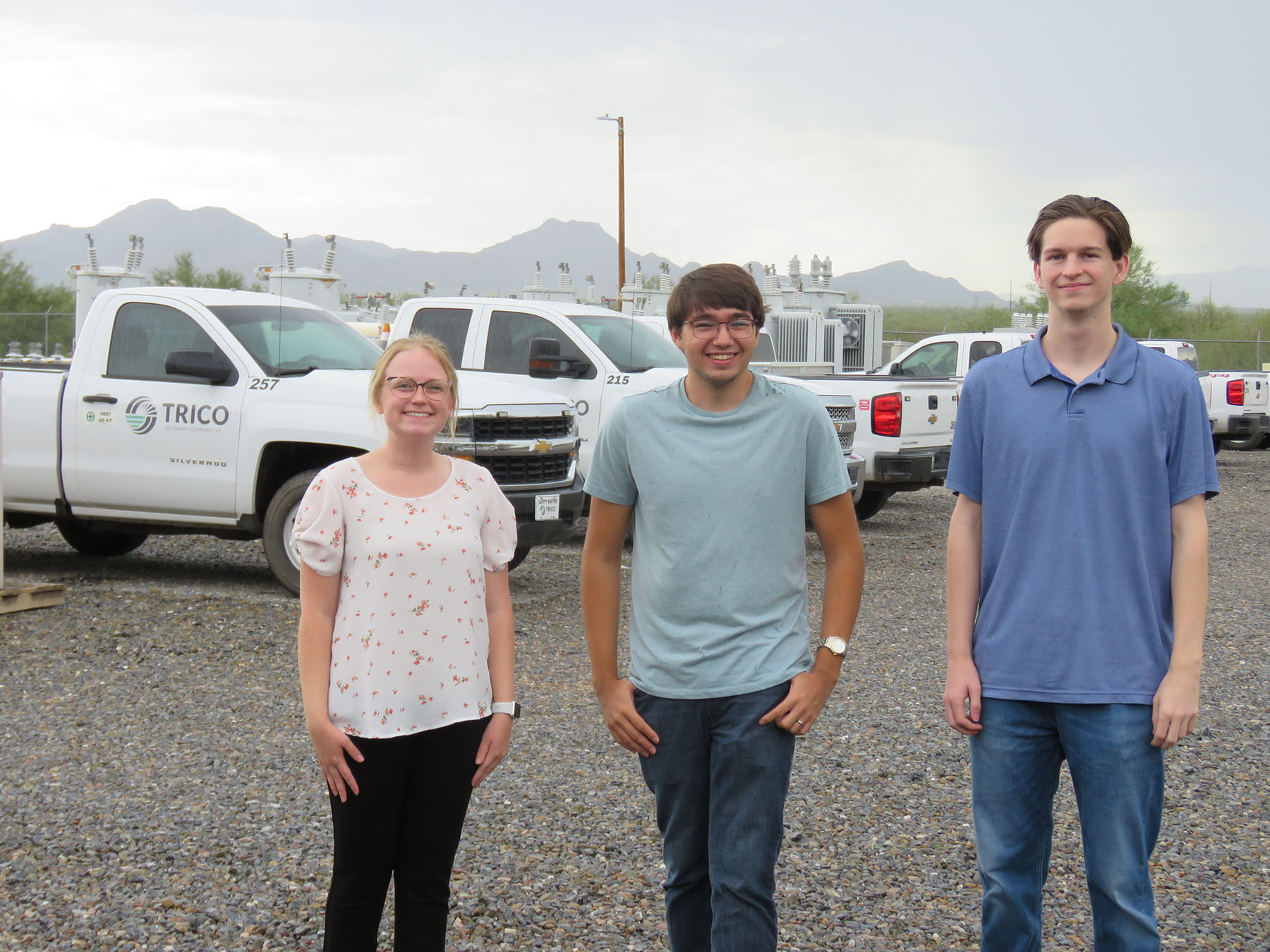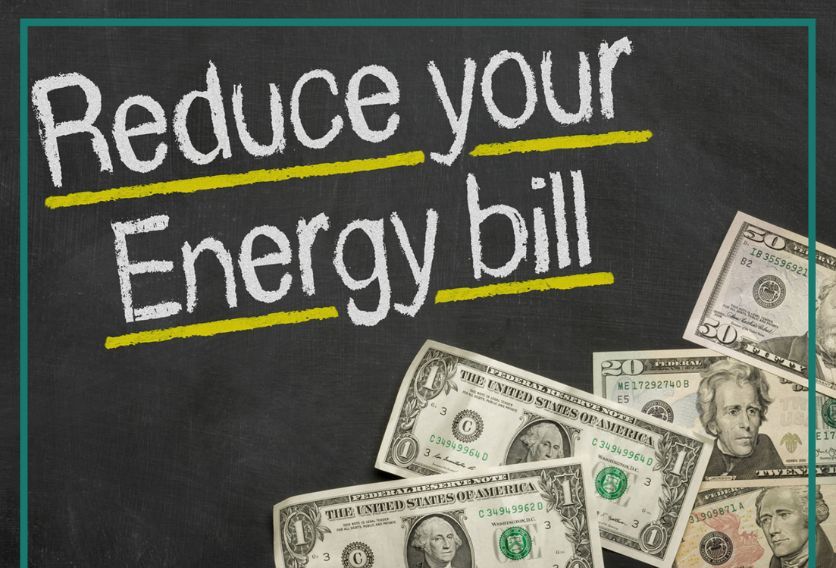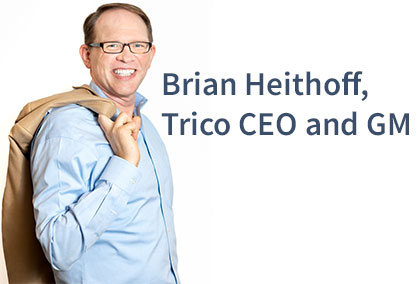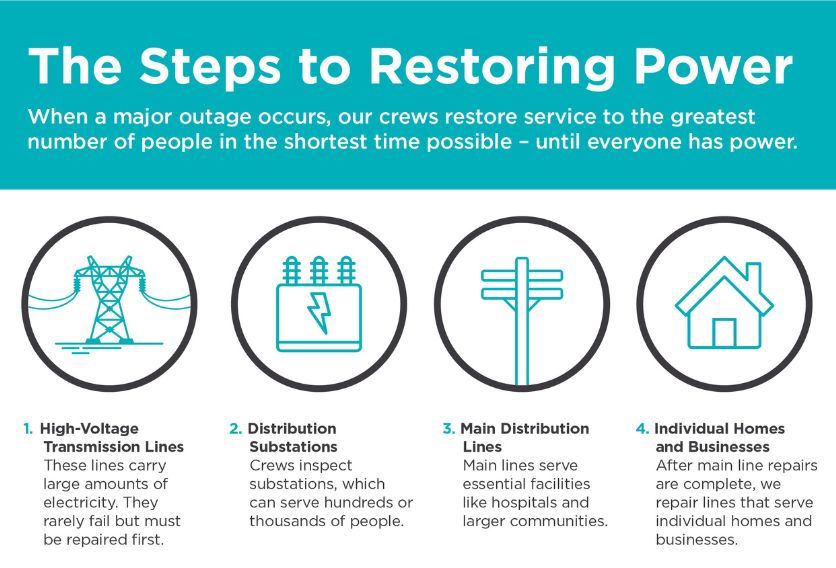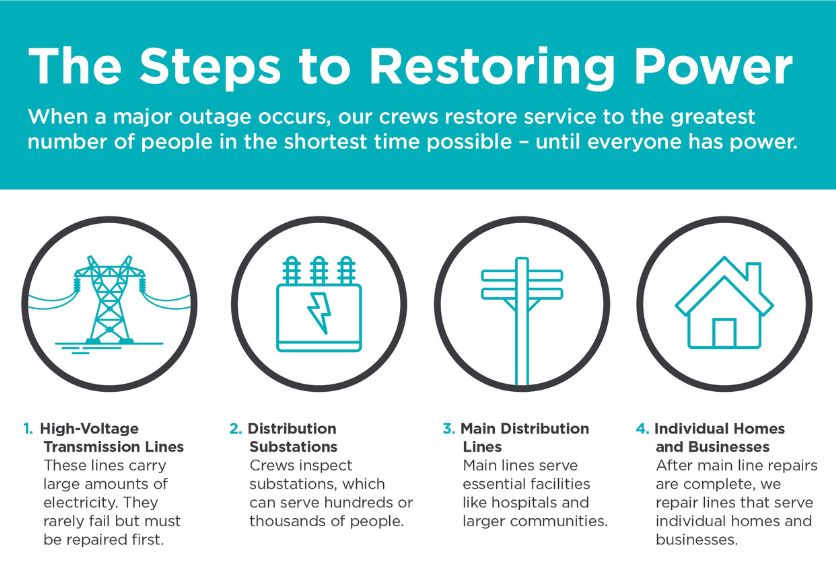Power Cost Adjustor Increase Beginning October 2022
Power Cost Adjustor Increase Beginning October 2022
October 10, 2022
Over the last year we have all seen the effect of inflation on food, consumer products, and gasoline. There have also been increases in the cost of natural gas and even coal, during that same time-period. In addition to our growing renewable generation resources, Trico purchases power that is fueled by coal and natural gas. These increased fuel costs have increased the price of power needed to serve Trico’s Members’ load.
Built into Trico’s rates is a Wholesale Power Cost Adjustor (PCA), which allows for increases or decreases in power costs to be “flowed” into Trico’s rates. When power prices are low, Trico can offer a credit to its Members. When power prices rise, sometimes it becomes necessary to add a charge. Since 2017, low fuel prices have allowed Trico to approve almost $22 million in credits to be returned to its Members through the PCA.
As a result of the increased fuel costs experienced throughout the industry, Trico is now instituting a charge. Each month the Management and Board will review fuel cost projections, consider the impacts on Trico’s finances, and determine how to best adjust the PCA.
As a non-profit cooperative, our mission is providing cost-effective energy solutions, and with that in mind Trico has identified three principles to guide this process:
- Minimize cost impacts on Members
- Avoid large PCA variations month-to-month
- Treat residential and commercial Members equitably
We also continue to take active steps to minimize fuel costs and keep prices low. For example, we “hedge” (purchase gas ahead of time at predictable prices) our natural gas purchases to control the cost and risk, and we sell excess power to produce revenue that reduces the amount we charge our Members.
We do expect that a PCA charge will be necessary for the remainder of 2022 and into 2023, but this will be reexamined each month with the above principles in mind. You can see the PCA on your monthly bill under the sections titled “Current Service Detail.” If you have questions, please contact us.
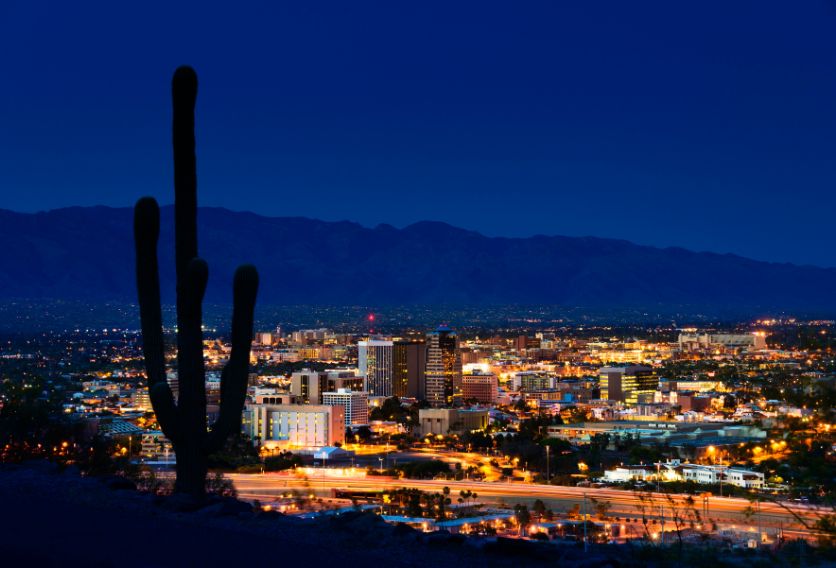
OUR LATEST NEWS
[post-carousel-pro id=”983″]

 SmartHub Log-in
SmartHub Log-in